Gas springs
272 products
Showing 217 - 240 of 272 products
Vehicle gas springs are a critical component of modern vehicle design, providing the force necessary to lift, support, and control various parts of a car, truck, or other vehicle. Gas springs are commonly used in hoods, trunks, and tailgates, as well as in seats, doors, and other areas where controlled movement is necessary. In this article, we'll take a closer look at what gas springs are, how they work, and some of the key factors to consider when selecting and using them in your vehicle.
Gas springs are a type of hydraulic actuator that use compressed gas to generate force. They consist of a cylinder filled with a gas (typically nitrogen) and a piston that moves within the cylinder. The piston is attached to a rod that extends outside the cylinder and is used to push or pull on another object. When the gas inside the cylinder is compressed, it creates a force that pushes the piston and rod outward. When the gas is released, the piston and rod are pulled back into the cylinder.
Gas springs are typically designed with specific force and travel specifications. The force generated by a gas spring is determined by the size of the cylinder, the pressure of the gas inside it, and the area of the piston. The travel of a gas spring refers to the distance that the rod can move in and out of the cylinder. Gas springs are available in a wide range of sizes, forces, and travels, making them versatile and adaptable to many different applications.
How do Gas Springs Work in Vehicles?
Gas springs are used in vehicles to provide controlled movement of various parts, such as hoods, trunks, and tailgates. In these applications, gas springs are typically installed in pairs, with one spring on each side of the part being lifted or supported. The gas springs are attached to the vehicle frame on one end and the part being lifted or supported on the other end.
When the part is opened or lifted, the gas springs extend, generating force to support the weight of the part and keep it in place. When the part is closed or lowered, the gas springs compress, providing a cushioning effect and controlling the rate at which the part moves. Gas springs can also be used in seats and other areas of the vehicle where controlled movement is necessary.
Factors to Consider When Using Gas Springs in Vehicles
When selecting and using gas springs in vehicles, there are several factors to consider to ensure optimal performance and safety. These include:
Load capacity: Gas springs must be rated to support the weight of the part they are lifting or supporting. It's important to choose a gas spring with a load capacity that matches the weight of the part, to ensure that it can be lifted and supported safely.
Travel distance: Gas springs should be selected based on the distance that the part needs to travel. The travel distance of the gas spring should be equal to or slightly greater than the distance the part needs to move.
Mounting orientation: Gas springs are designed to be mounted in specific orientations (e.g., horizontal or vertical), and should be installed according to the manufacturer's instructions.
Temperature range: Gas springs can be affected by temperature changes, and their performance can be impacted if they are used outside of their recommended temperature range.
Maintenance: Gas springs should be inspected regularly for signs of wear or damage, and should be replaced if they are no longer functioning properly.
Conclusion
Gas springs are an essential component of modern vehicle design, providing the force necessary to lift, support, and control various parts of a car, truck, or other vehicle. When selecting and using gas springs in vehicles, it's important to consider factors such as load capacity, travel distance, mounting orientation, temperature range, and maintenance requirements to ensure optimal performance and safety.
What are Gas Springs?
Gas springs are a type of hydraulic actuator that use compressed gas to generate force. They consist of a cylinder filled with a gas (typically nitrogen) and a piston that moves within the cylinder. The piston is attached to a rod that extends outside the cylinder and is used to push or pull on another object. When the gas inside the cylinder is compressed, it creates a force that pushes the piston and rod outward. When the gas is released, the piston and rod are pulled back into the cylinder.
Gas springs are typically designed with specific force and travel specifications. The force generated by a gas spring is determined by the size of the cylinder, the pressure of the gas inside it, and the area of the piston. The travel of a gas spring refers to the distance that the rod can move in and out of the cylinder. Gas springs are available in a wide range of sizes, forces, and travels, making them versatile and adaptable to many different applications.
How do Gas Springs Work in Vehicles?
Gas springs are used in vehicles to provide controlled movement of various parts, such as hoods, trunks, and tailgates. In these applications, gas springs are typically installed in pairs, with one spring on each side of the part being lifted or supported. The gas springs are attached to the vehicle frame on one end and the part being lifted or supported on the other end.
When the part is opened or lifted, the gas springs extend, generating force to support the weight of the part and keep it in place. When the part is closed or lowered, the gas springs compress, providing a cushioning effect and controlling the rate at which the part moves. Gas springs can also be used in seats and other areas of the vehicle where controlled movement is necessary.
Factors to Consider When Using Gas Springs in Vehicles
When selecting and using gas springs in vehicles, there are several factors to consider to ensure optimal performance and safety. These include:
Load capacity: Gas springs must be rated to support the weight of the part they are lifting or supporting. It's important to choose a gas spring with a load capacity that matches the weight of the part, to ensure that it can be lifted and supported safely.
Travel distance: Gas springs should be selected based on the distance that the part needs to travel. The travel distance of the gas spring should be equal to or slightly greater than the distance the part needs to move.
Mounting orientation: Gas springs are designed to be mounted in specific orientations (e.g., horizontal or vertical), and should be installed according to the manufacturer's instructions.
Temperature range: Gas springs can be affected by temperature changes, and their performance can be impacted if they are used outside of their recommended temperature range.
Maintenance: Gas springs should be inspected regularly for signs of wear or damage, and should be replaced if they are no longer functioning properly.
Conclusion
Gas springs are an essential component of modern vehicle design, providing the force necessary to lift, support, and control various parts of a car, truck, or other vehicle. When selecting and using gas springs in vehicles, it's important to consider factors such as load capacity, travel distance, mounting orientation, temperature range, and maintenance requirements to ensure optimal performance and safety.
Showing 217 - 240 of 272 products
Display
View

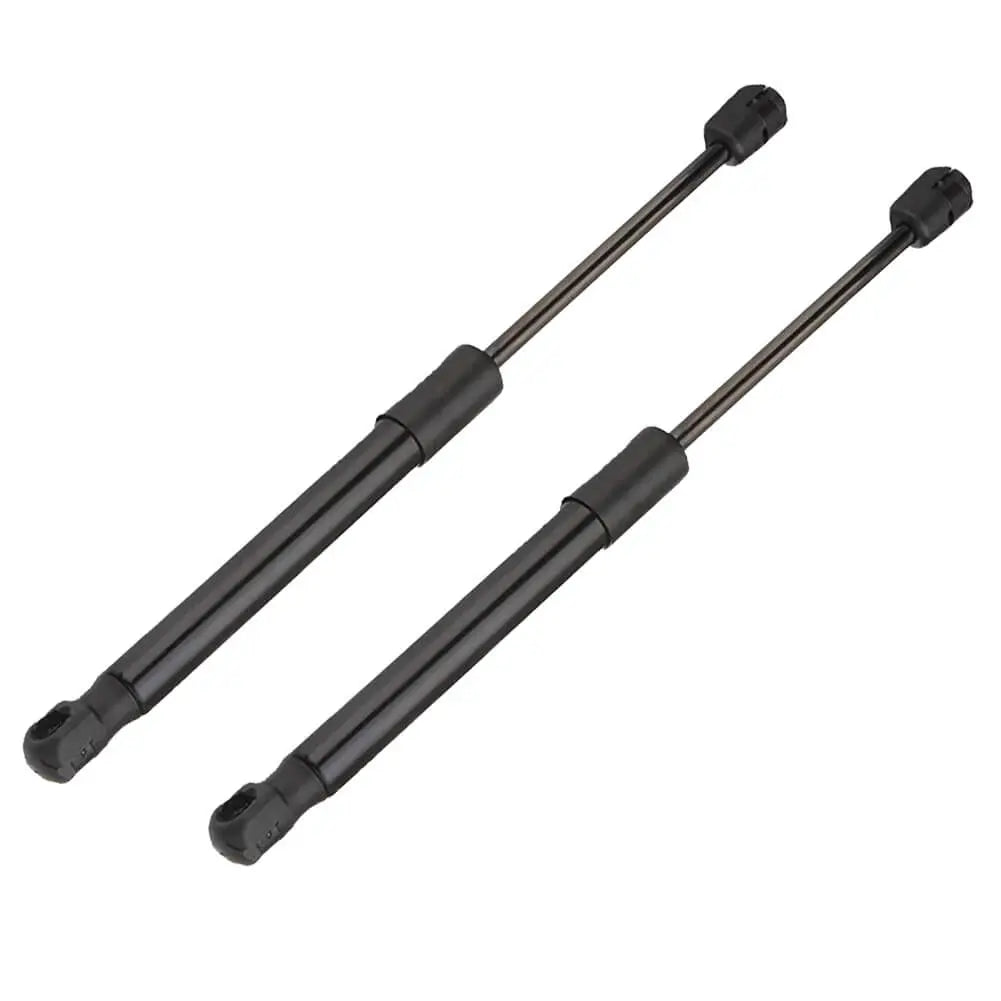
2 Pcs Rear Tailgate Boot Gas Struts For Vauxhall For Opel Astra H MK5 (2004 - 2009) 570 (N) 475 MM - 132757, 13122695
In stock, 50 units
Sale price£14.90
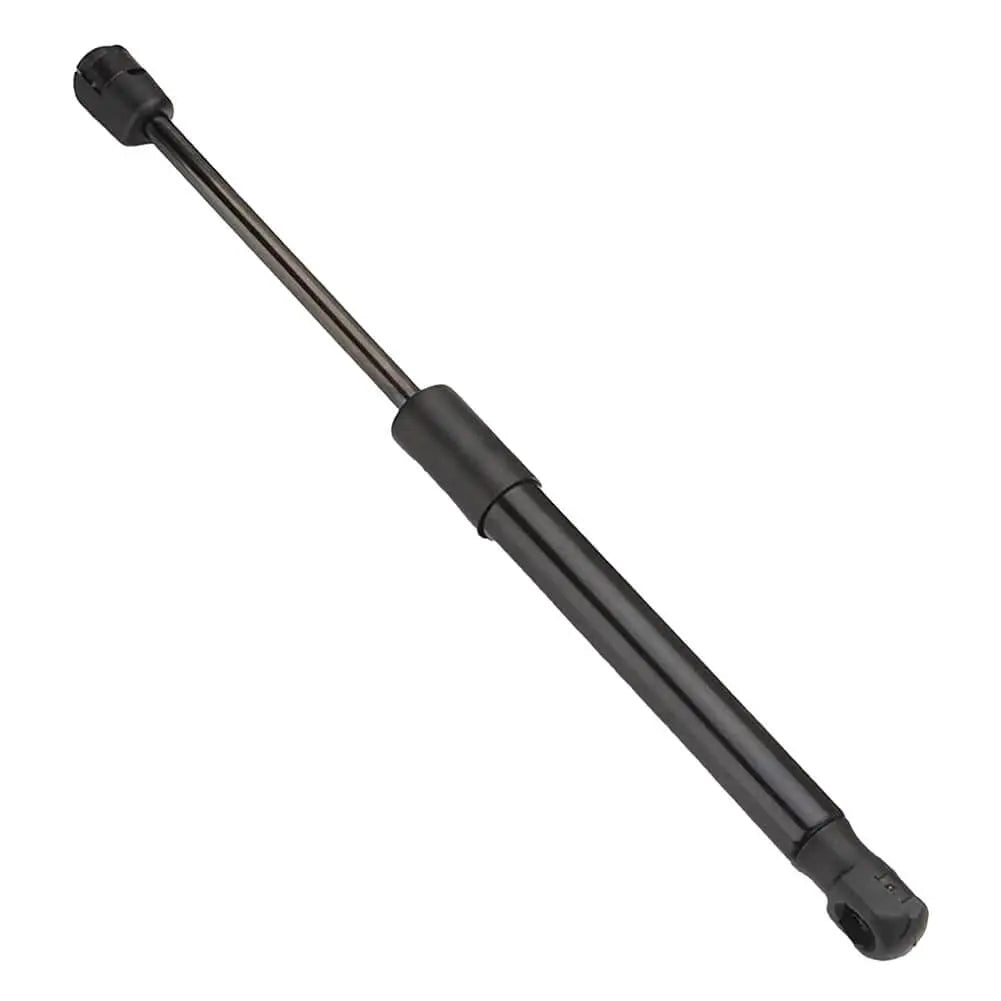

1 Pcs Front Bonnet Hood Gas Struts Springs For Opel Astra H (A04) (2004 - Onwards) 310 (N) 545 MM - 24465295
In stock, 50 units
Sale price£14.90


2 Pcs Rear Tailgate Boot Gas Struts For Vauxhall Astra Mk5 (A04) H (2004 - Onwards) - 132743, 24463829
In stock, 100 units
Sale price£14.90


2 Pcs Rear Tailgate Boot Gas Struts For Opel Astra (A04) H (2004 - 2014) - 132743, 24463829
In stock, 100 units
Sale price£14.90


1 Pcs Front Bonnet Hood Gas Struts Springs For Vauxhall Astra Mk5 (H) (A04) (2004 - Onwards) 310 (N) 545 MM - 24465295
In stock, 50 units
Sale price£14.90


2 Pcs Rear Tailgate Boot Gas Struts For Honda Civic MK8 (2005 - 2011) 465 (N) 640 MM - 74820SMGE03
In stock, 50 units
Sale price£17.90


2 Pcs Rear Tailgate Boot Gas Struts For Kia Sorento MK1 (JC) (2002 - Onwards) 620 (N) 540 MM - 817713E011, 817813E011
In stock, 50 units
Sale price£19.90
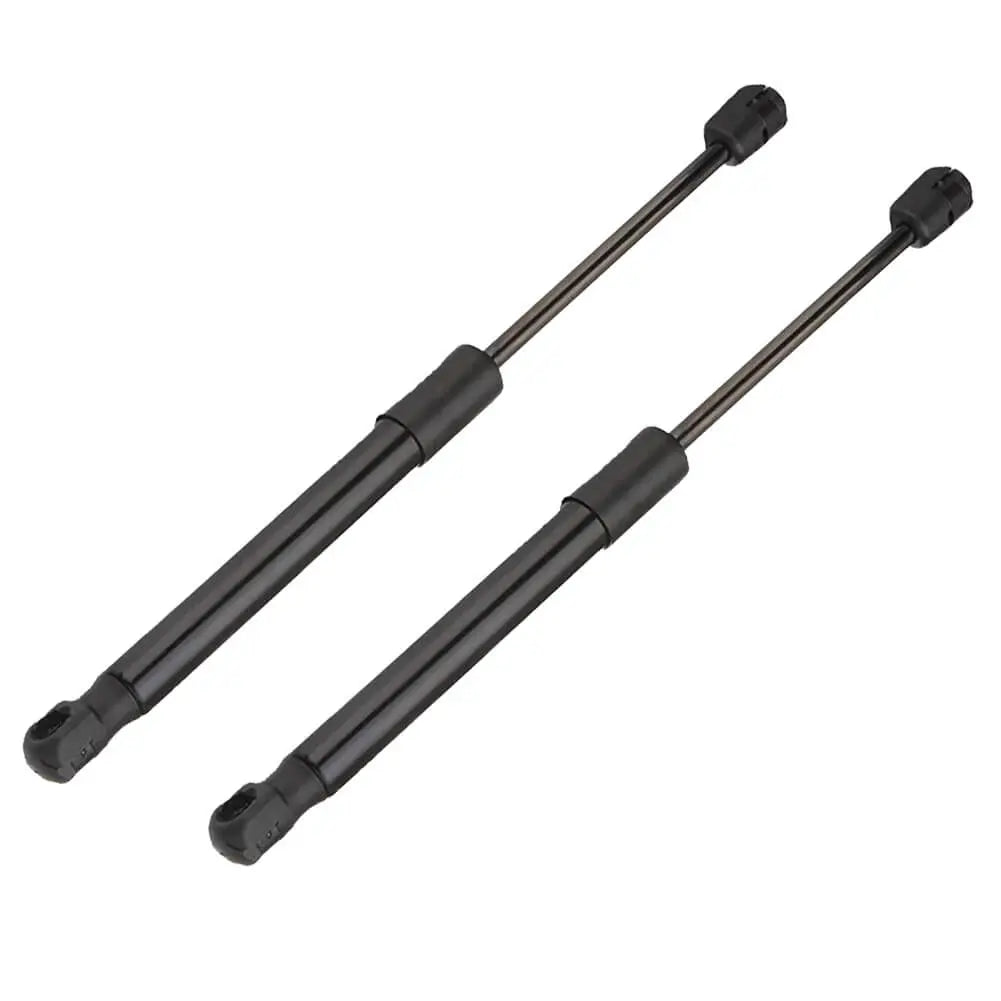

2 Pcs Rear Tailgate Boot Gas Struts For Bmw X1 (E84) (2009 - 2015) 460 (N) 570 MM - 51242990136
In stock, 50 units
Sale price£16.90

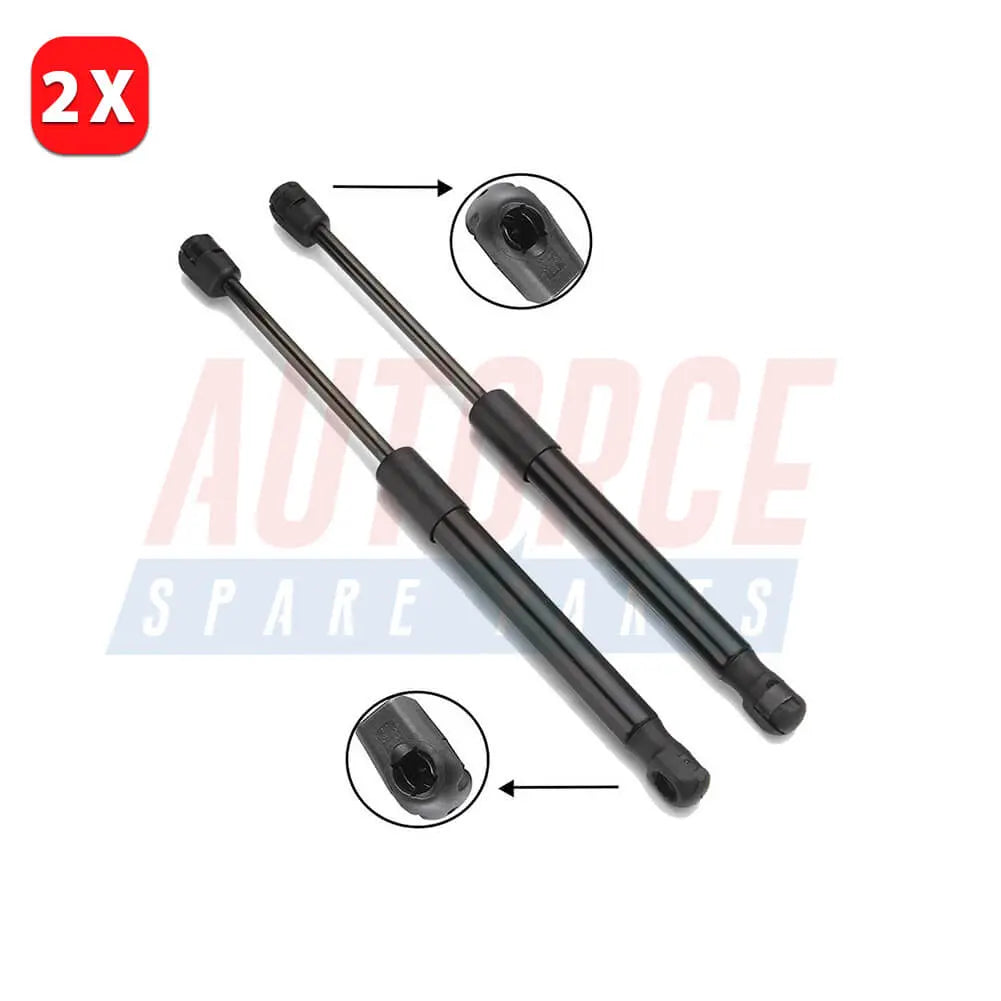
2 Pcs Rear Tailgate Boot Gas Struts For Ford Focus C-Max MPV (2003 - 2010) 460 (N) 570 MM - 3M51R406A10AB, 1252806
In stock, 50 units
Sale price£16.90
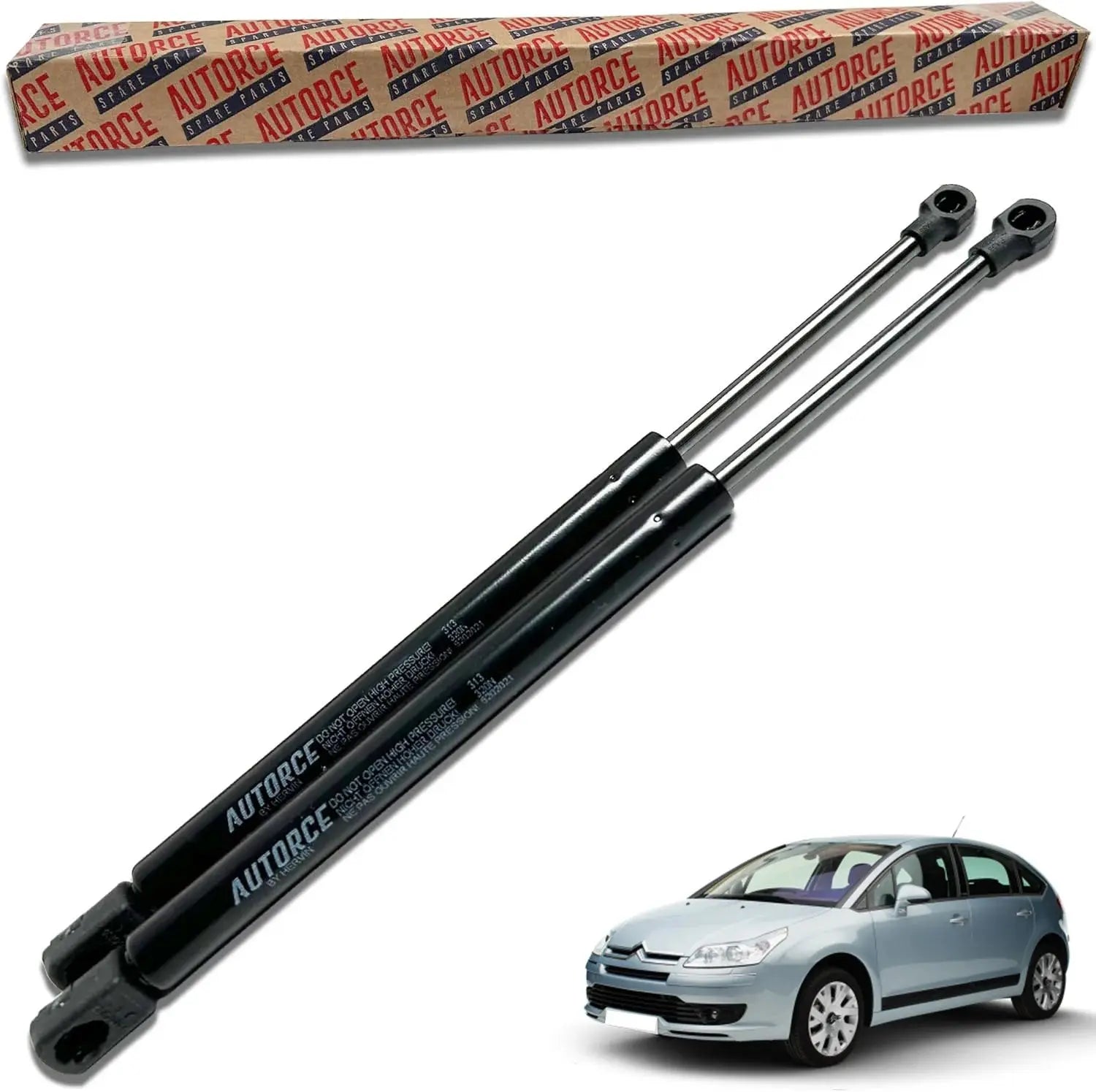
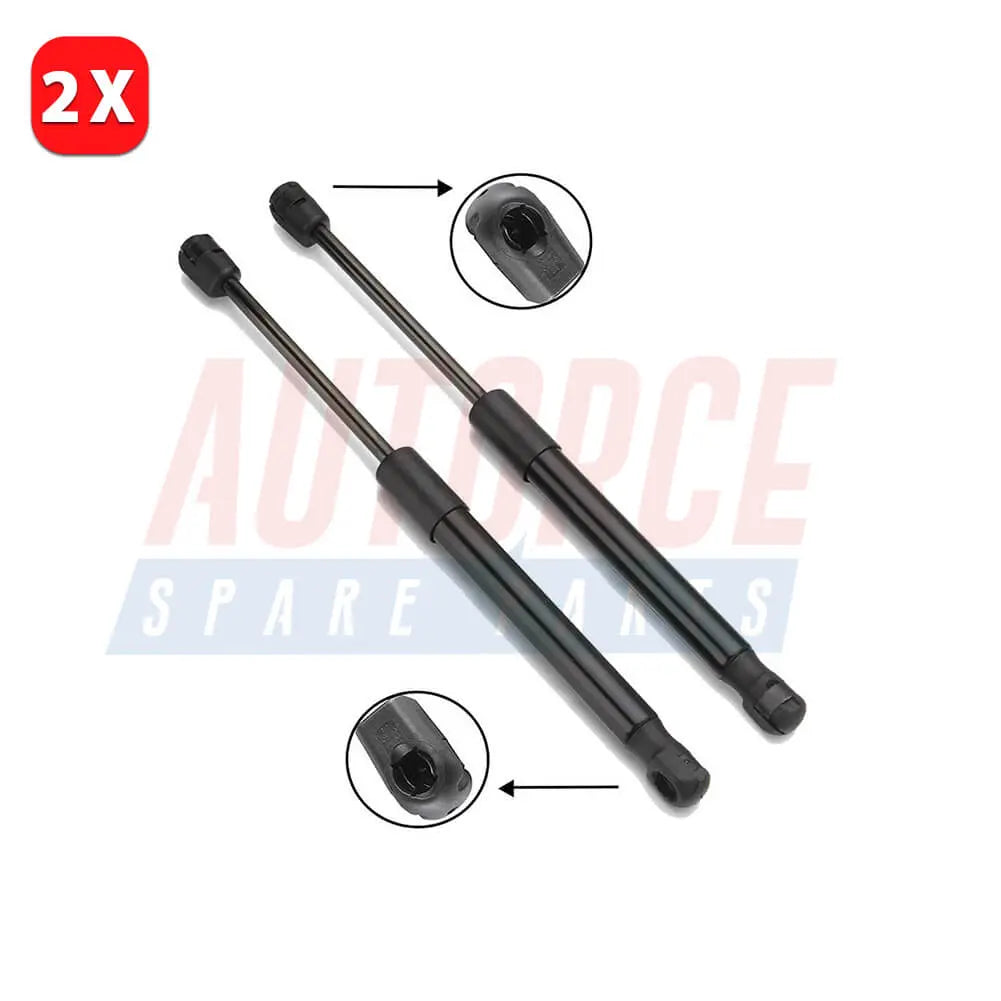
2 Pcs Rear Tailgate Boot Gas Struts For Citroen C4 MK1 (2004 - 2011) 425 (N) 545 MM - 8731J8, 9647295480
In stock, 50 units
Sale price£16.90
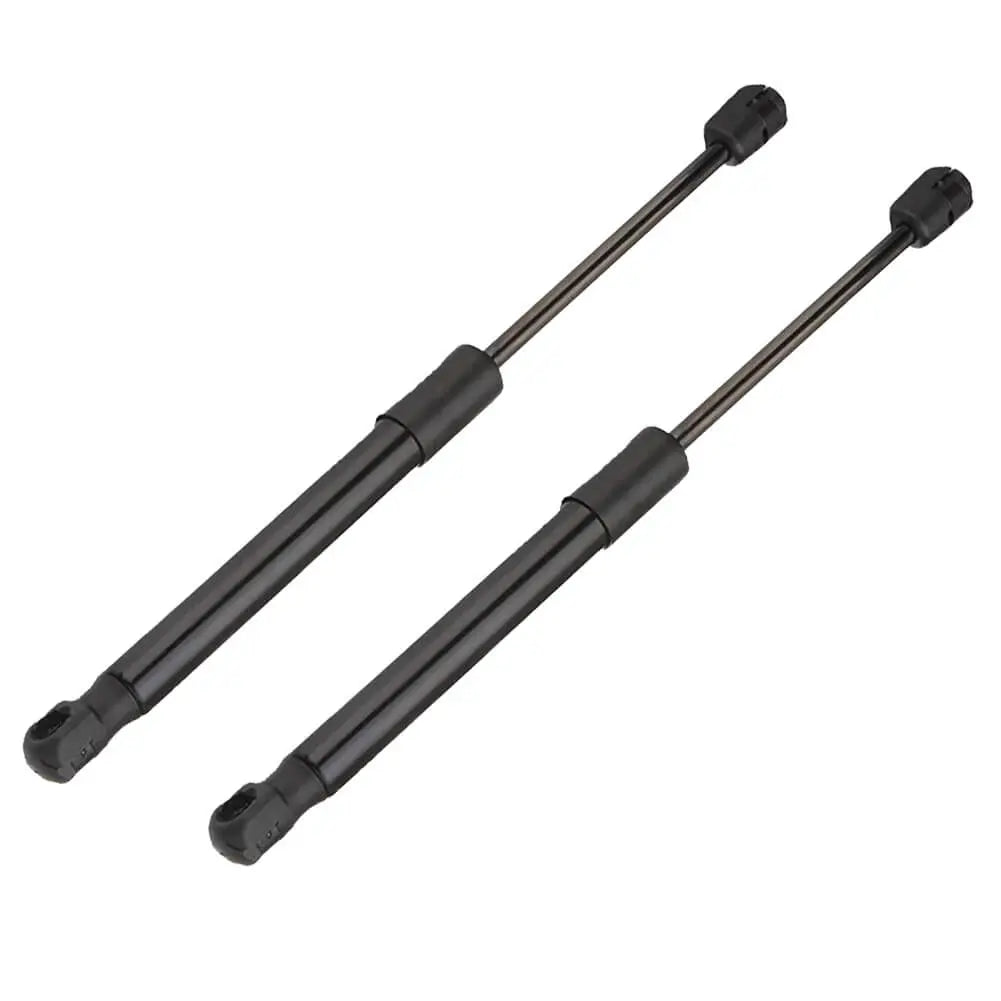
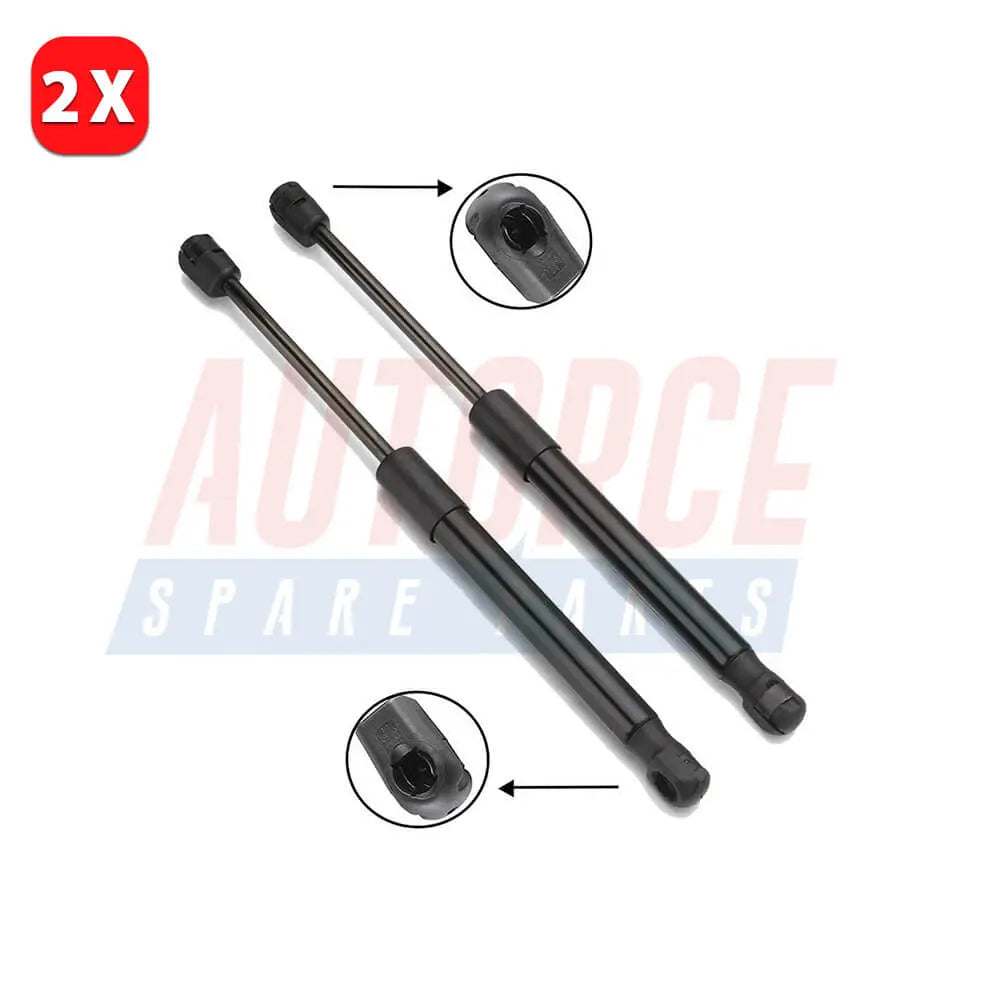
2 Pcs Rear Tailgate Boot Gas Struts For Citroen C5 MK2 (2004 - Onwards) 570 (N) 490 MM - 8731.K1, 8731.K2
In stock, 50 units
Sale price£18.90
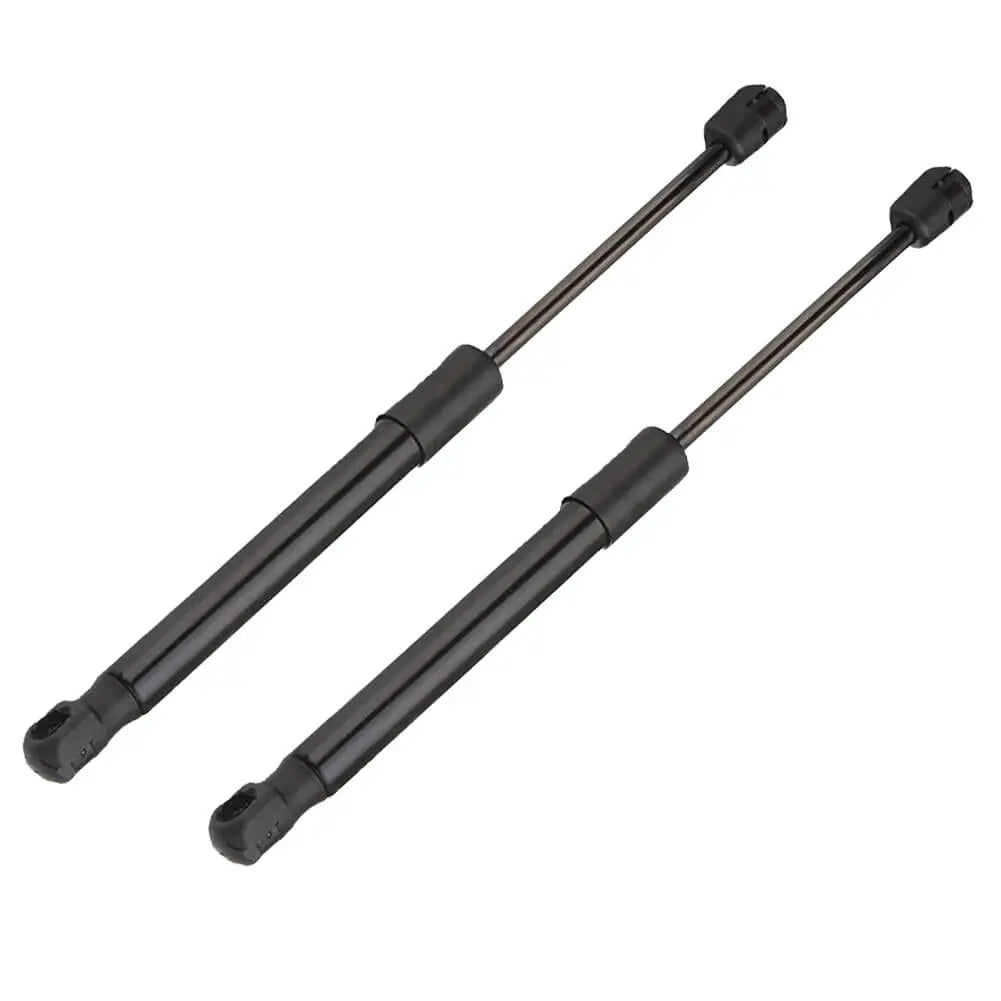
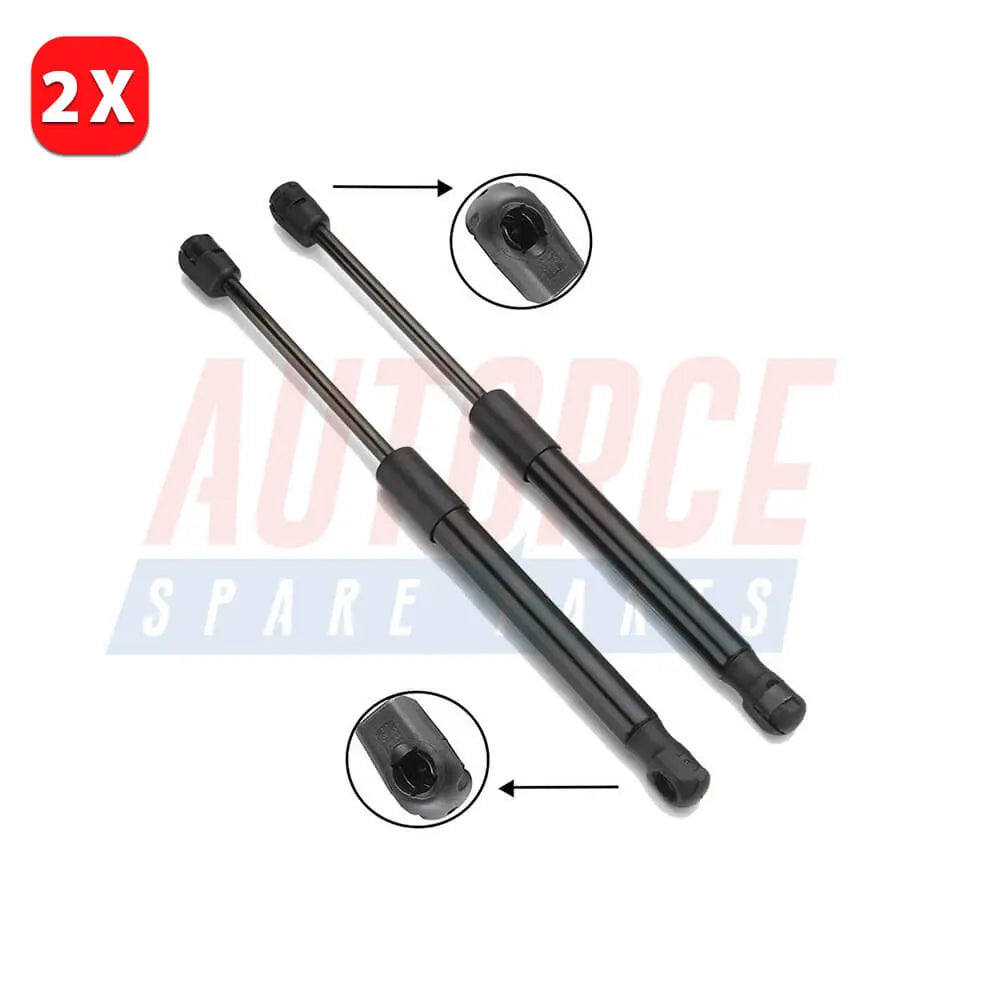
2 Pcs Rear Tailgate Boot Gas Struts For Bmw X3 (E83) (2003 - 2011) 590 (N) 620 MM - 3400379, 51243400379
In stock, 50 units
Sale price£16.90
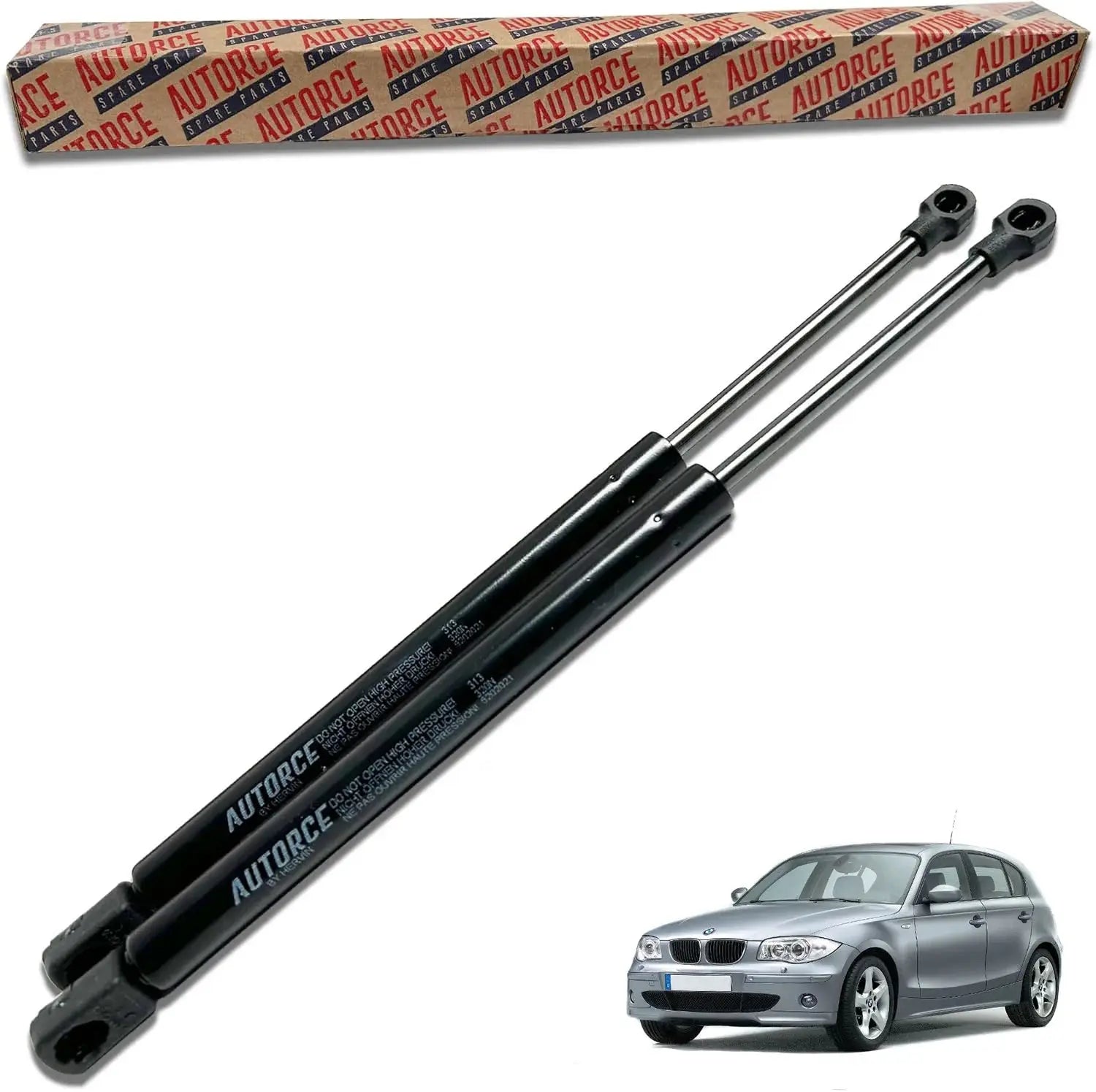

2 Pcs Rear Tailgate Boot Gas Struts For Bmw 1 Series E87 E81 (2003 - 2012) 400 (N) 410 MM - 51247060622
In stock, 50 units
Sale price£14.90
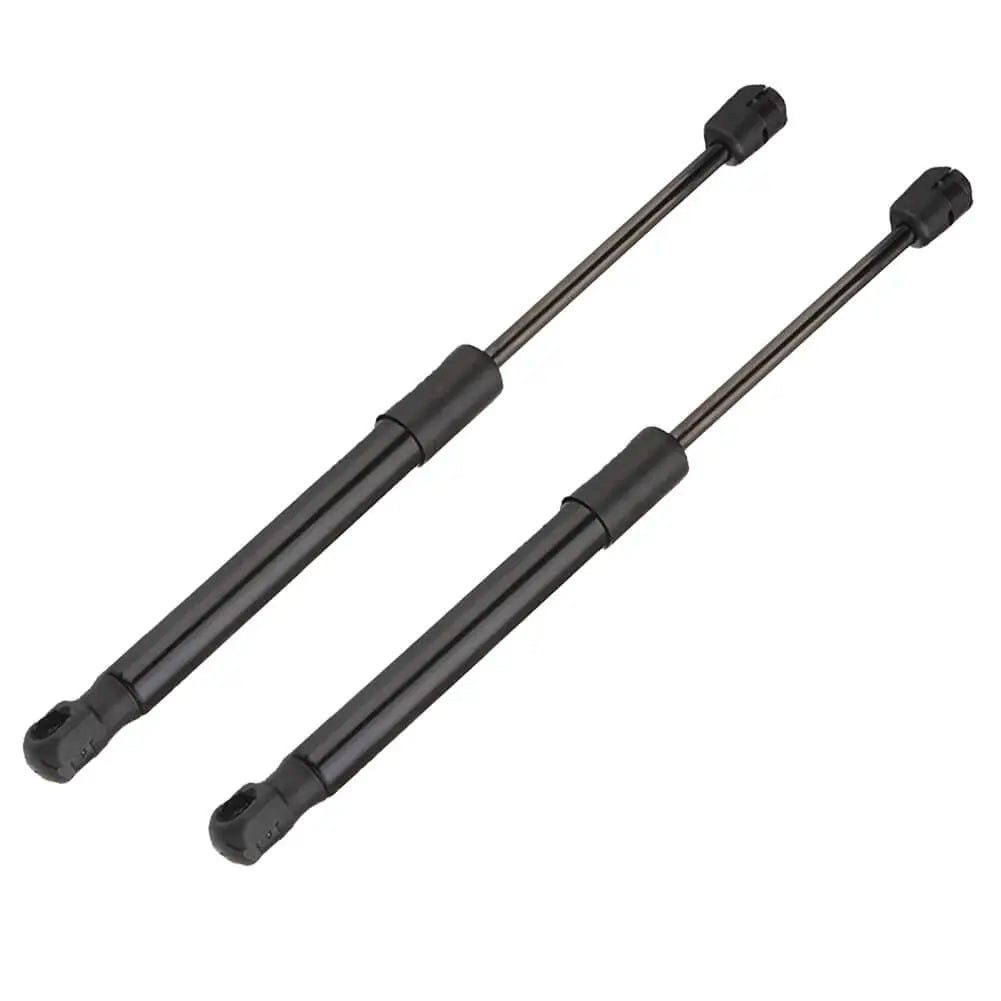

2 Pcs Rear Tailgate Boot Gas Struts For AUDI A6 C6 4F2 (2004 - 2011) 670 (N) 300 MM - 4F5827552B
In stock, 50 units
Sale price£15.49


2 Pcs Rear Tailgate Boot Gas Struts For Vauxhall For Opel Meriva A (2003 - 2010) 520 (N) 540 MM - 5132262, 93386999
In stock, 50 units
Sale price£16.90

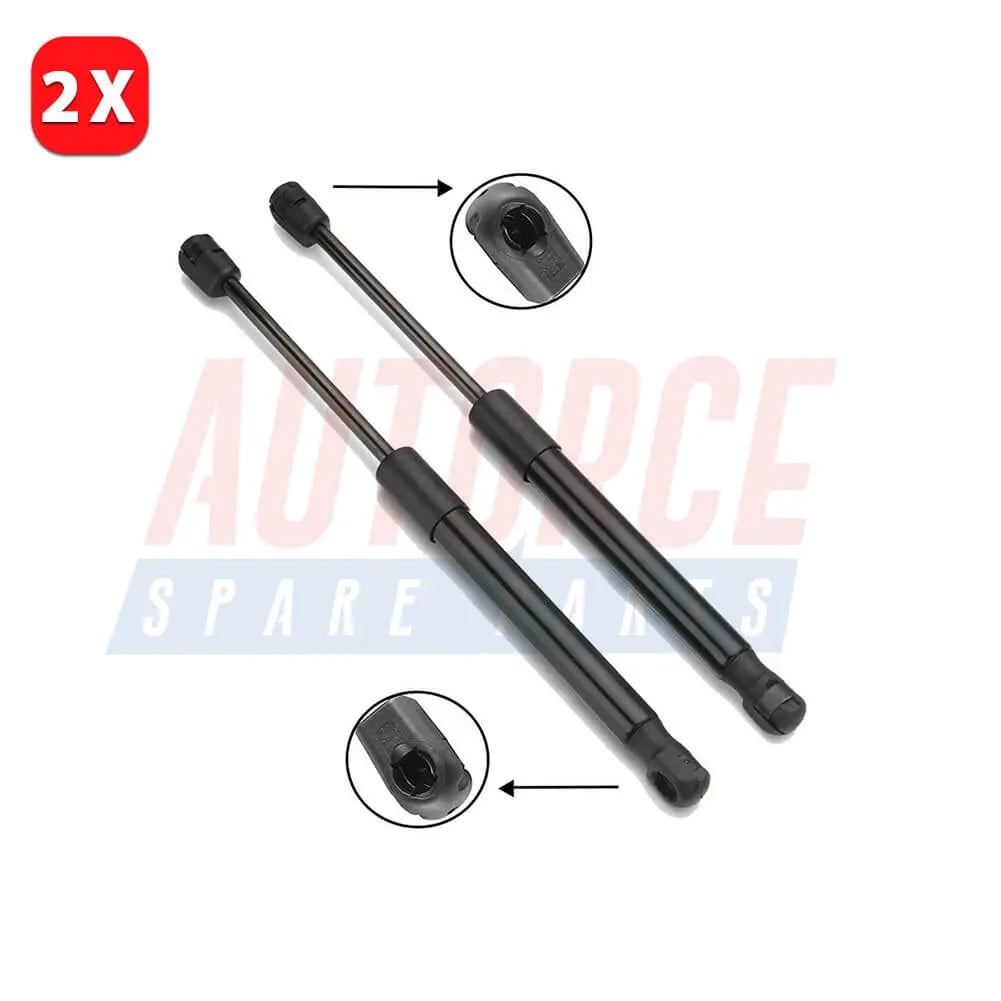
2 Pcs Rear Tailgate Boot Gas Struts For VW Touran (2003 - 2010) 770 (N) 505 MM - 1T0827550C
In stock, 50 units
Sale price£16.90
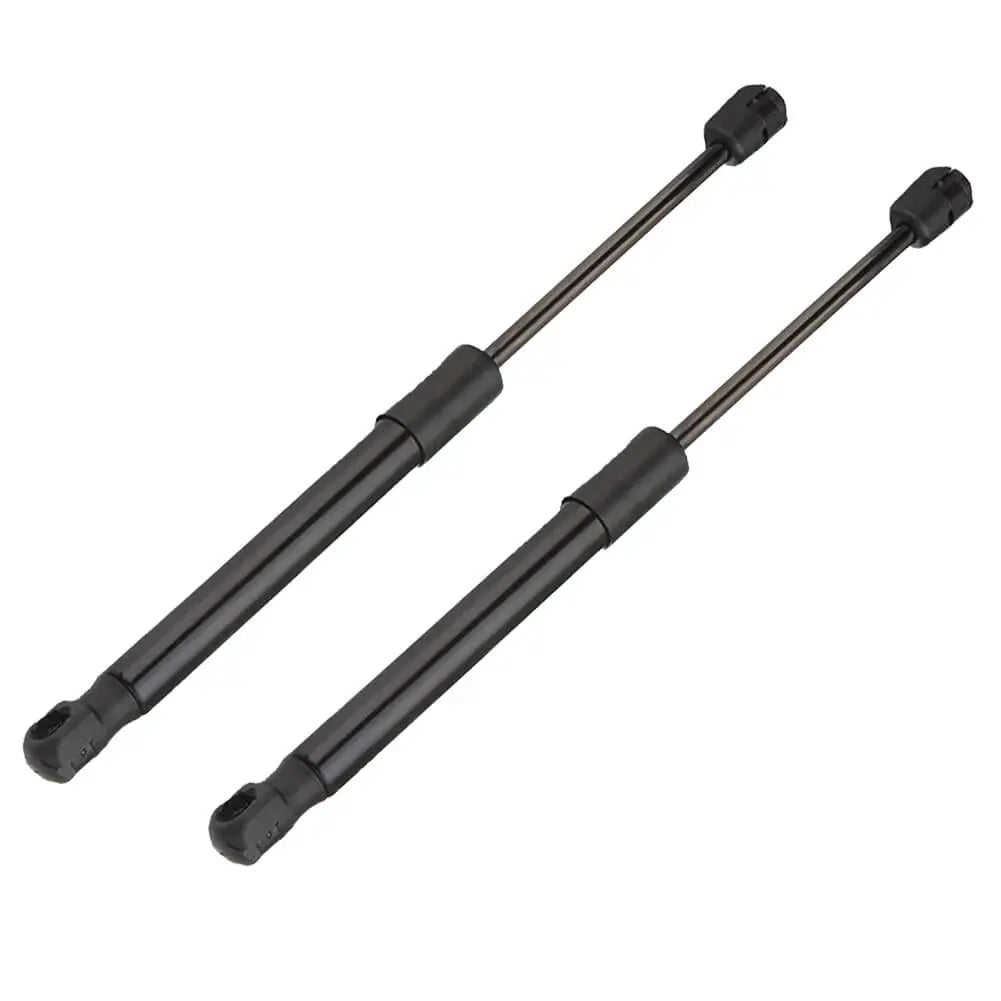

2 Pcs Rear Tailgate Boot Gas Struts For Ford Focus Mk2 (2004 - 2012) 530 (N) 485 MM - 4M51A406A10AB
In stock, 50 units
Sale price£17.89
Save £3.00


2 Pcs Rear Tailgate Boot Gas Struts For Citroen C3 MK1 For NISSAN Micra MK5 (2002 - Onwards) 420 (N) 445 MM - 8731.G3
In stock, 445 units
Sale price£15.90
Regular price£18.90

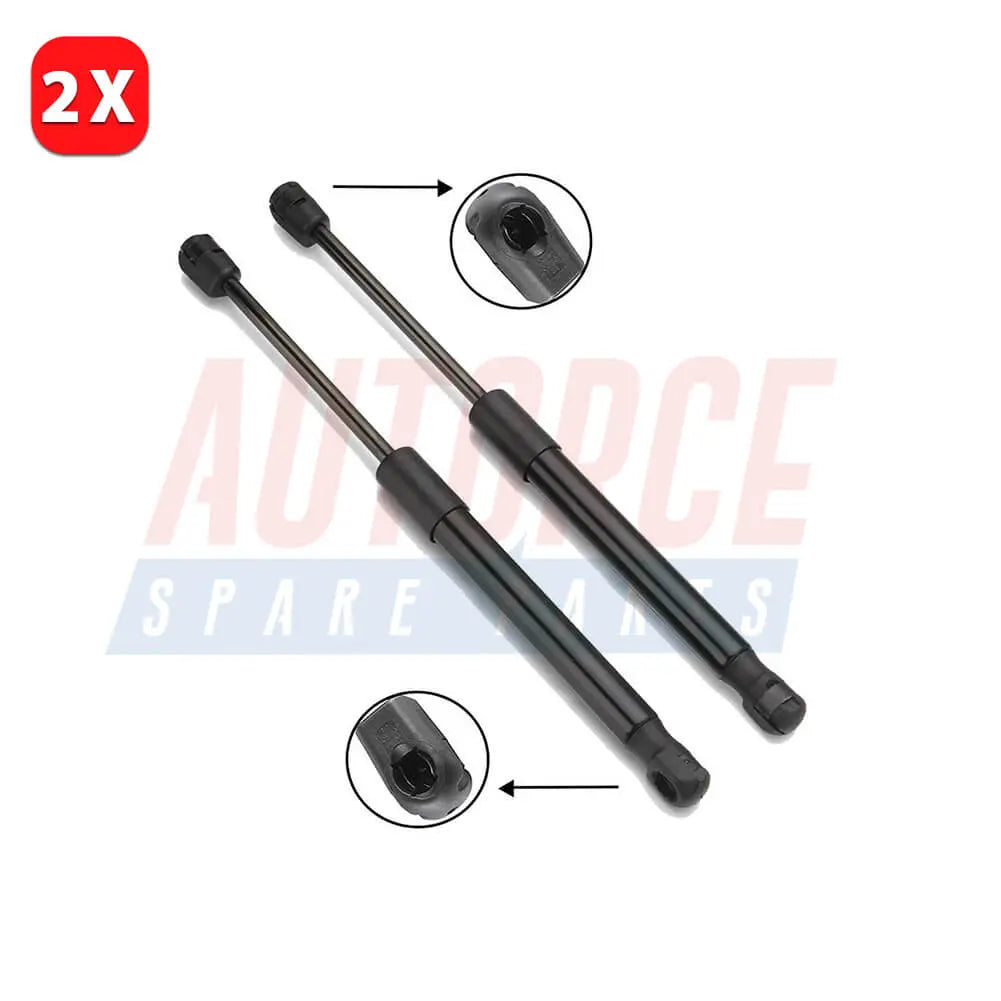
2 Pcs Rear Tailgate Boot Gas Struts For Audi TT (8N3) (1998 - 2006) 615 (N) 400 MM - 8N8827552A
In stock, 50 units
Sale price£19.90


2 Pcs Rear Tailgate Boot Gas Struts For Skoda Octavia Mk1 (1996 - 2010) 515 (N) 495 MM - 1U6827550A
In stock, 50 units
Sale price£17.90


2 Pcs Rear Tailgate Boot Gas Struts For Ford Fiesta Mk5 (2001 - 2008) 440 N 600 MM - 1141159, 1224731
In stock, 50 units
Sale price£15.90


2 Pcs Front Bonnet Hood Gas Struts Springs For Volvo S60 S70 S80 V70 XC70 (1996 - 2010) 400 N 245 MM - 9154605
In stock, 50 units
Sale price£16.90
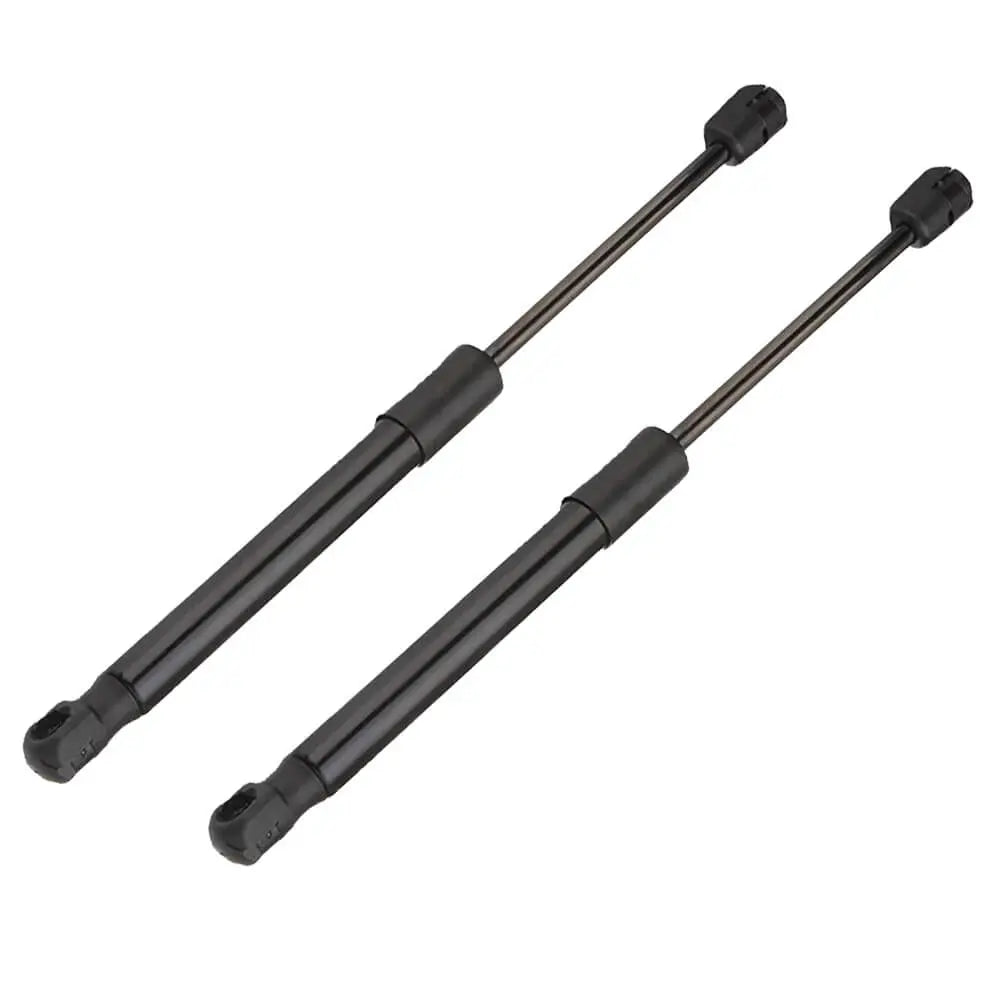
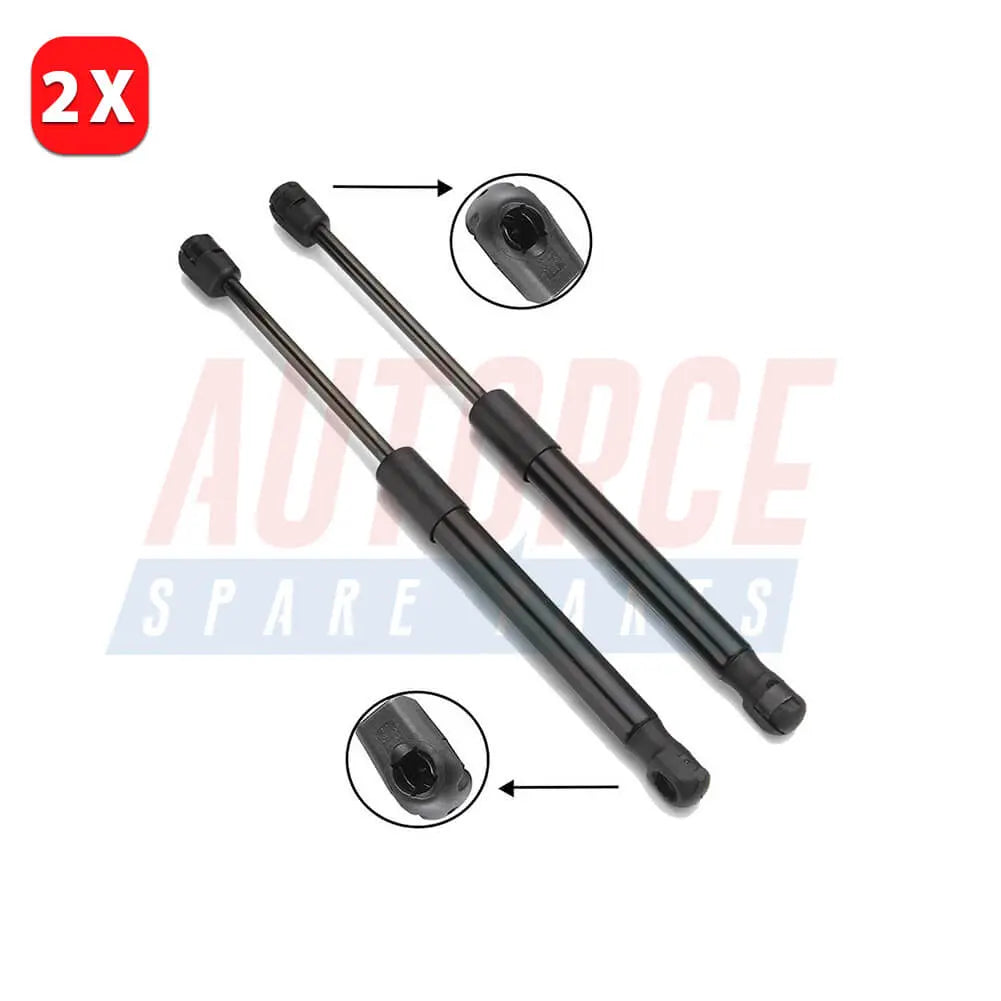
2 Pcs Rear Tailgate Boot Gas Struts For Volvo S80 MK1 (TS, 184) (1998 - 2006) 310 (N) 365 MM - 9483297, 9203523
In stock, 50 units
Sale price£17.90

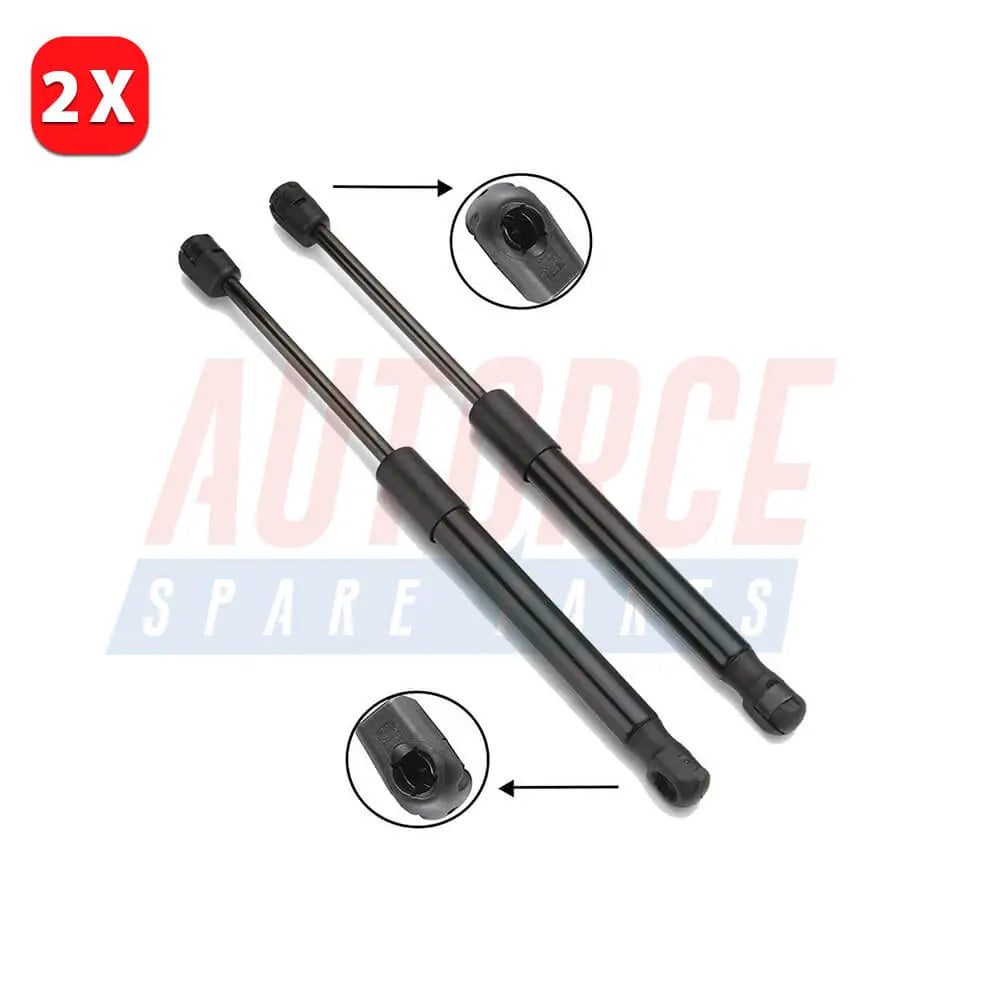
2 Pcs Rear Tailgate Boot Gas Struts For VW Passat B7 (365) (2010 - 2014) 460 (N) 455 MM - 3AF827550A, 3AF827550C
In stock, 50 units
Sale price£17.90
Filters (0)
